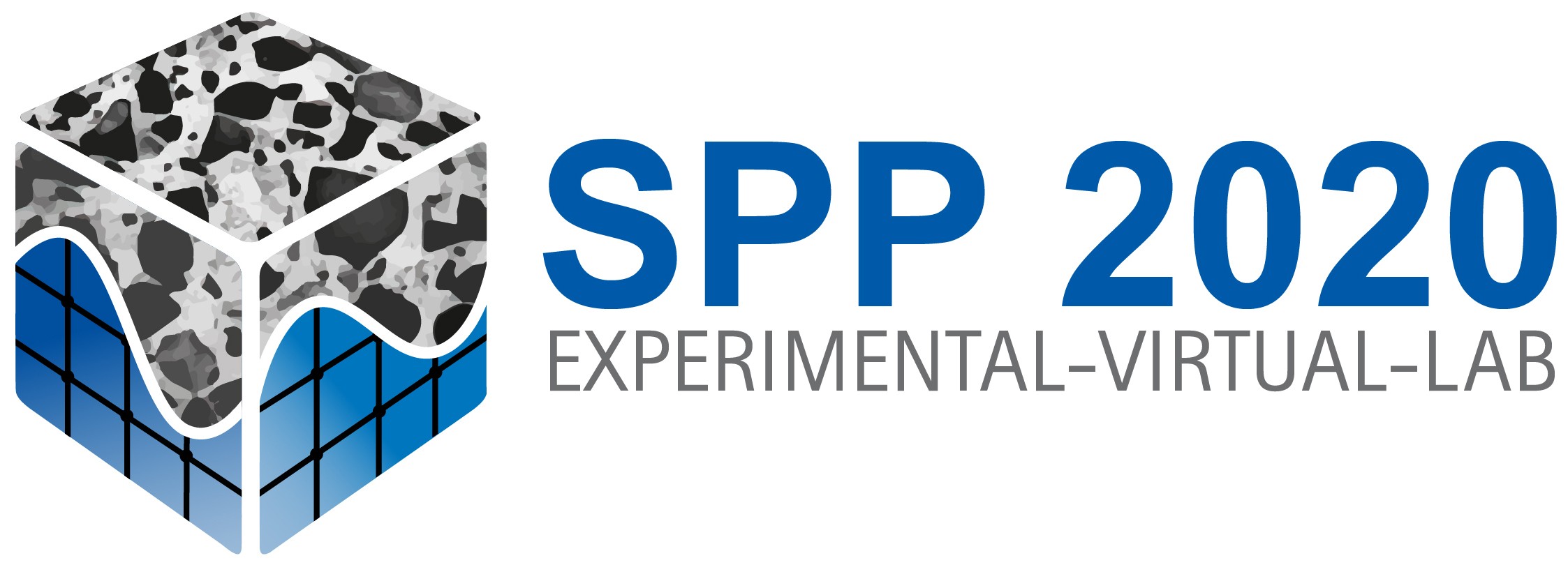Research Assistants
Project description
The project focuses on two objectives: Firstly, the analysis of structural damage caused by fatigue in cementitious high performance materials using high resolution analytical electron microscopy. The second aim of the project is the multiscale modelling of fatigue in high performance concrete using a bonded particle model (BPM). The project focuses on UHPC.
In the first period, specimens of the priority programs reference UHPC and of the binder were produced and fatigue experiments under compressive load carried out. Afterwards the structures of UHPC and binder specimens in different fatigue states were examined. To characterize the transition zone, specimens with quartzite-binder interface were produced and shear tests performed. Quartzite was used as model substance for the quartz sand of the UHPC. By means of transmission electron microscopy (TEM) characteristic structural changes of UHPC and binder specimens caused by the fatigue process could be observed on the nanoscale for the first time, whereas the UHPC does not show any characteristic changes on the microscale.
To perform modeling of mechanical behavior with BPM, different rheological bond models were developed and their parameters were calibrated by means of static mechanical tests with the binder, the sand and the quartzite-binder specimens and microscopic investigations. The current model is able to predict well both the deformation and the fracture behavior.
In the second period we plan to analyze the structural changes with TEM in greater detail and to quantify or at least to categorize the damage. For this purpose TEM tomography will be used intensively, as FIB-tomography was found to be not very helpful for the investigation of the system. Furthermore, in-situ tensile tests in the TEM are planned. During the second period the project will focus also on UHPC with fibers and coarse aggregate. The contact of both components with the matrix will be analyzed with high resolution TEM. These investigations will provide important information for the modeling. The modelling in the second period will be focused on homogenization methods to transfer data between different scales as well as on cyclic-jump based methods to simulate the complete fatigue behavior. A novel BPM-based approach for load extrapolation and regeneration of structure is proposed.
Other focus of the work lies on further development of rheological models to describe mechanical behavior of different components and to consider changes occurring due to cyclic loading. In addition to the components investigated in the first project period, structural and functional models of fibers and coarse millimeter-sized aggregate will be developed. The project is strongly interconnected with other projects of the priority program. It uses their experimental data and shares own results, developed methods and simulation framework within the priority program. The project will furthermore participate in the planned benchmarks 4 and 5.
